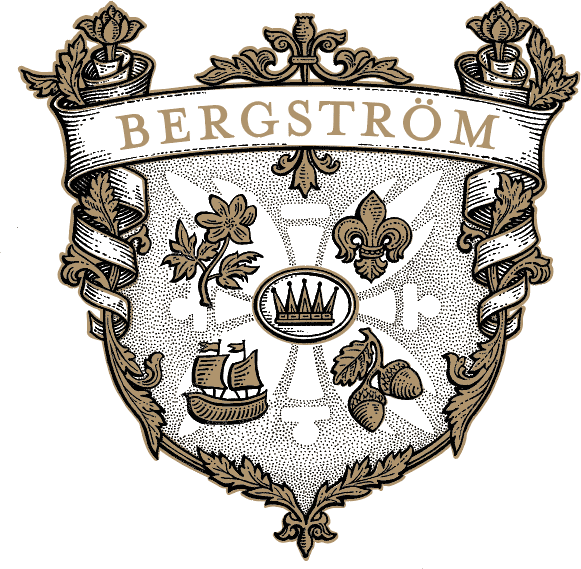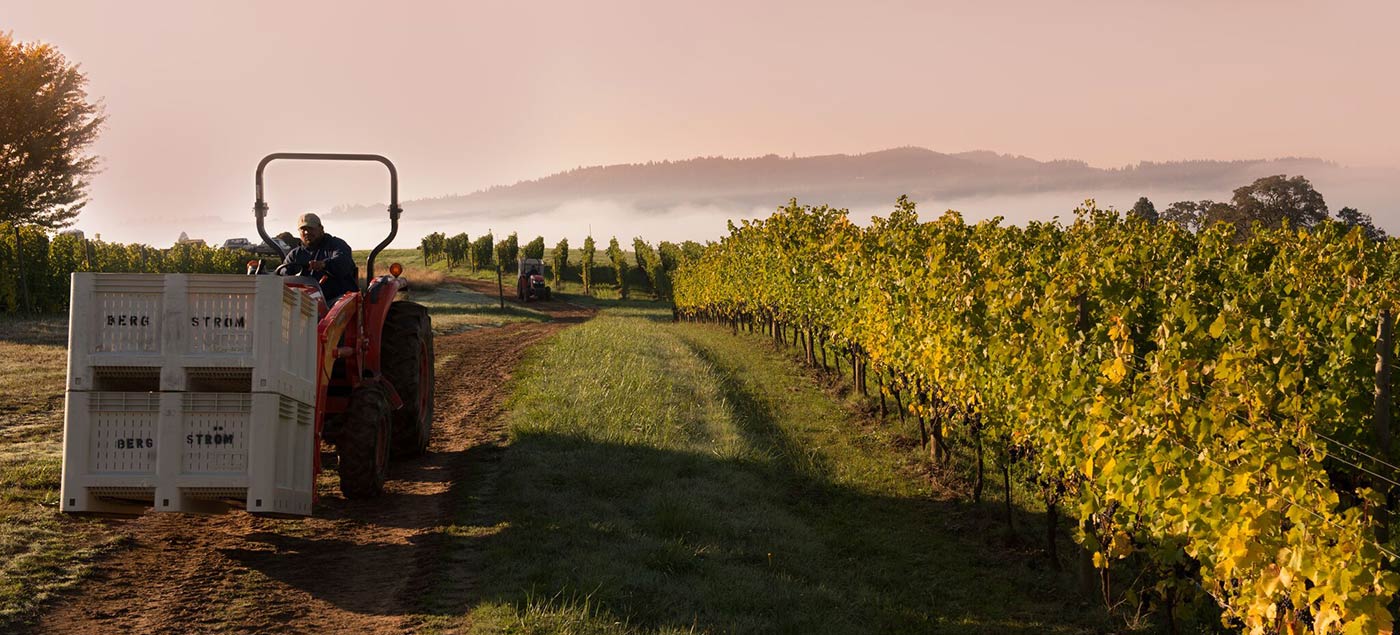My wife and I recently decided to put our house of eight years on the market and move. Many of you probably know the feeling. Leaving your shelter, where you have lived and thrived, raised children, held parties, created landscape, grilled unimaginable quantities of meats for many years to then just up and evacuate and briefly wander the landscape like nomads in search of a new dwelling is an odd feeling. Changing houses and uprooting family creates uncertainty, anxiety, sleepless nights and stress. It can also rapidly deplete a wine cellar.
I now understand why, when walking along the beach, we love to collect seashells. There must be an ancient instinct, something primordial, about holding a beautiful little home in your hands. I also now envy how snails grow and carry their homes on their backs. The slimy creatures seem to have it easy.
We are mostly non-slimy creatures of habit with a preference for comfort (and wooden/stone homes we build and can’t carry) so change mostly causes discomfort.
I thought about this recently when I heard three times in the same day some concern about the impending 2013 vintage wines. “The 2012 wines are amazing, but I heard that the 2013’s won’t be the same!?!” You don’t say…
Vintage variation in Oregon’s cool climate can be drastic and create a lot of uneasy feelings around release times. When you find a happy home or a comfortable place with a vintage of wine it is always a challenge to move forward towards the next vintage. Your winemaker tells you this and that but will you love it the same and will it give you the same amount of comfort and familiarity as you have enjoyed over the past 12+ months?
Vintage variation, in a cool climate like Oregon, is the number one x-factor in how a winemaker approaches a wine. However it is very important to remember that it is not necessarily the number one influence on the eventual quality of a wine. We have seen years where we started picking fruit under hot and sunny skies in the middle of September and we have seen years where we have picked under cold and wet skies in the middle of November. But after having tasted hundreds (if not thousands) of wines from multiple winemakers, vintages and appellations from around the world, I can tell you this: there is no such thing as a good or bad vintage. There are just different wines. Great winemakers make great wine of differing personality each and every year. These wines just have different personalities and purposes and a different age ability. My belief is that the difference in vintage is not so much qualitative but structural from good winemaking houses.
At Bergstrom Wines we have prided ourselves on seeking a high consistency of quality year after year. We respect vintage variation and thrive in our cool climate but hope to make wines that, from one year to the next, do not shock our consumers but rather reflect the wonderful differences from year to year that we get in a cool climate with vintage variation. Warmer vintages will be slightly more approachable in their youth whereas cooler vintages usually have a structure that needs a little time to open up. I think immediately to 2007, 2010 and 2011. Three vintages that worried the consumer and wine buyer alike but within two years of these wines being released we kept getting the question: “do you have any more of those awesome 2007’s, 2010’s, 2011’s? Man they are really drinking great right now….”
I think often to the old world where most families in wine producing regions purchase their favorite wine each and every year and put it in their wine cellar for a future date. Some vintages are drunk young and others are aged until they are perfect. But once you have 10-20 vintages in the cellar, your choices for what you are going to cook that night are not limited to: “We only have young structured wines in the cellar.” The dinner’s wines could possibly span 3 or 5 vintages. For me, that is the goal in pairing wine and food. And that is how I approach vintage at Bergstrom Wines.
The reason for people’s uncertainty surrounding the 2013 vintage is understandable. There has been talk that maybe the big rain in late September last year might have diluted the grapes and thus spoiled a vintage. There’s no hiding the fact that it rained a lot during the last week of that month. We held two wine club dinners at the winery during that week and hundreds of our clients had to run through sideways sheets of rain from their cars in the parking lot up to the cellar so I am quite sure that they remember it vividly. Everyone remembers rain during harvest but it is funny how people rarely remember the rest of the growing season…..especially the sunshine.
2013 was in my mind an early, sunny, dry and hot year for Pinot Noir in the Willamette Valley. Our growing season was early and warm and if it was soaked with anything it was soaked with sunshine. Dry conditions persisted for most of the growing season and we were in a drought condition for most of May June and July. We actually started to lose trees in Portland and out at the winery because of the lack of water. Because we do not irrigate our vines, many of the younger vines started to look very stressed going into August. We received a nice rain in August which knocked off the dust and perked things back up again but the soils were totally parched going into harvest. This sent the vines into ripening mode right on time in mid-September and fruit ripened up nicely.
The forecast of the big rain did force us to pick maybe a week earlier than we would normally have but acidities were already soft and potential alcohol levels were already in the 12.5-13.5% range which is highly desirable for Pinot Noir and Chardonnay. We harvested 90% of our Chardonnay and over 50% of our Pinot Noir in the month of September. Then the big rain came in and for about 4 or 5 days it rained non-stop. Some areas reported seven inches of rain while others only reported 4 inches. The clouds cleared and the sun came back and we experienced a lovely “Indian Summer” with sunny and mild conditions through October and into November.
We picked the rest of our fruit after the rains as many other Oregonian wineries did. I know some wineries who did not pick at all before the rain and I know others who picked it all before the rains. The resulting wines would surprise you in a blind tasting.
I often wonder why so many people get up in arms about rain at harvest time. I have lamented time and time again (on my blog soapbox) that it always rains in Oregon around harvest time. My friend Mark Vlossak at St. Innocent Winery claims my favorite quote about the rain and that is: “the problem with rain isn’t that it is raining, but that it just isn’t sunny.” In Oregon’s cool northern climate we don’t necessarily need the heat units and dry conditions that Cabernet or Merlot need to the south of us. We need accumulation of daylight hours, including sunshine, to build flavor in our grapes. Sugar and acids will ripen naturally but what we need for making great Pinot Noir and Chardonnay is the accumulation of flavor to happen around the same time that the sugars and acidity levels are perfect.
Yes rain can bring diseases like mildew and botrytis, and we saw some of that in 2013 for sure. We also saw some of that in all of the 17 vintages I have helped make in Oregon! But if you have paid great attention to detail with your farming up until that point, most fruit can weather most storms and continue to prosper on the other side, building flavor. And that is where 2013 comes in. Remember that it had been hot and sunny and dry for most of the year up until that point, so flavor accumulation as well as sugar and acidity levels were where we needed them to be if our yields were dialed in and our farming was spot on.
The Chardonnays from 2013 could quite possibly represent the best vintage of Chardonnay that the cellars of Bergstrom Wines has ever had the privilege of making. The Pinot Noirs harvested before the rains are lighter in body than the 2012’s but lush and supple and so wonderfully perfumed. They are, at this point, much more approachable than the 2011 and 2010 vintages.
The Pinot Noirs harvested after the rains are dark and brooding and structured and quite impressive sharing much in common with the 2012 vintage and 2008 vintage wines. When we put the two parts together for our final blends we have found wines of outstanding depth, charm and grace. Wonderful fresh fruit and spice aromas that you would hope to find in Oregon Pinot Noirs paired with succulent vibrant acidities and silky, suave structure. These wines will be delicious upon release and probably drink well in the short term (3-5 years.) Hypothetically these wines smell and taste like the best parts of 2012 and 2011 combined.
I am not going to sit here and tell you that the 2013 vintage was a home run for everybody. I can only speak from my own experience. Just like Burgundy or Bordeaux or California or Italy, Oregon is a large mostly high-quality region of winemakers and in any given year there will be success stories as well as stories of failure or mediocrity. Oregon is not an easy place to grow and make wine. We have chosen to grow the world’s most fickle grape variety in a climate that sits on the edge of success and disaster. But those wineries who have honed their farming skills and sharpened their attention to detail will craft great wines year in and year out here. Certain vintages may be more hyped than others for their dark purple colors, high alcohol contents and generous amounts of concentration, overt fruitiness and dry-extract. But what we have found year in and year out is that the difficult vintages that put obstacles in the winemaker’s path usually create the memorable wines. I believe that 2013 will yield some very memorable wines from some of the best addresses. And you can be sure that Bergstrom Wines will be on that shortlist and that you will find a happy and comfortable home with the wines of the 2013 vintage.

